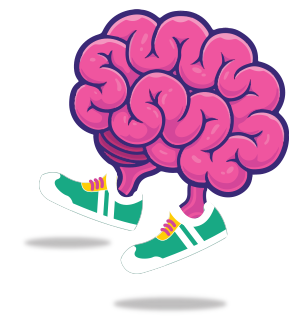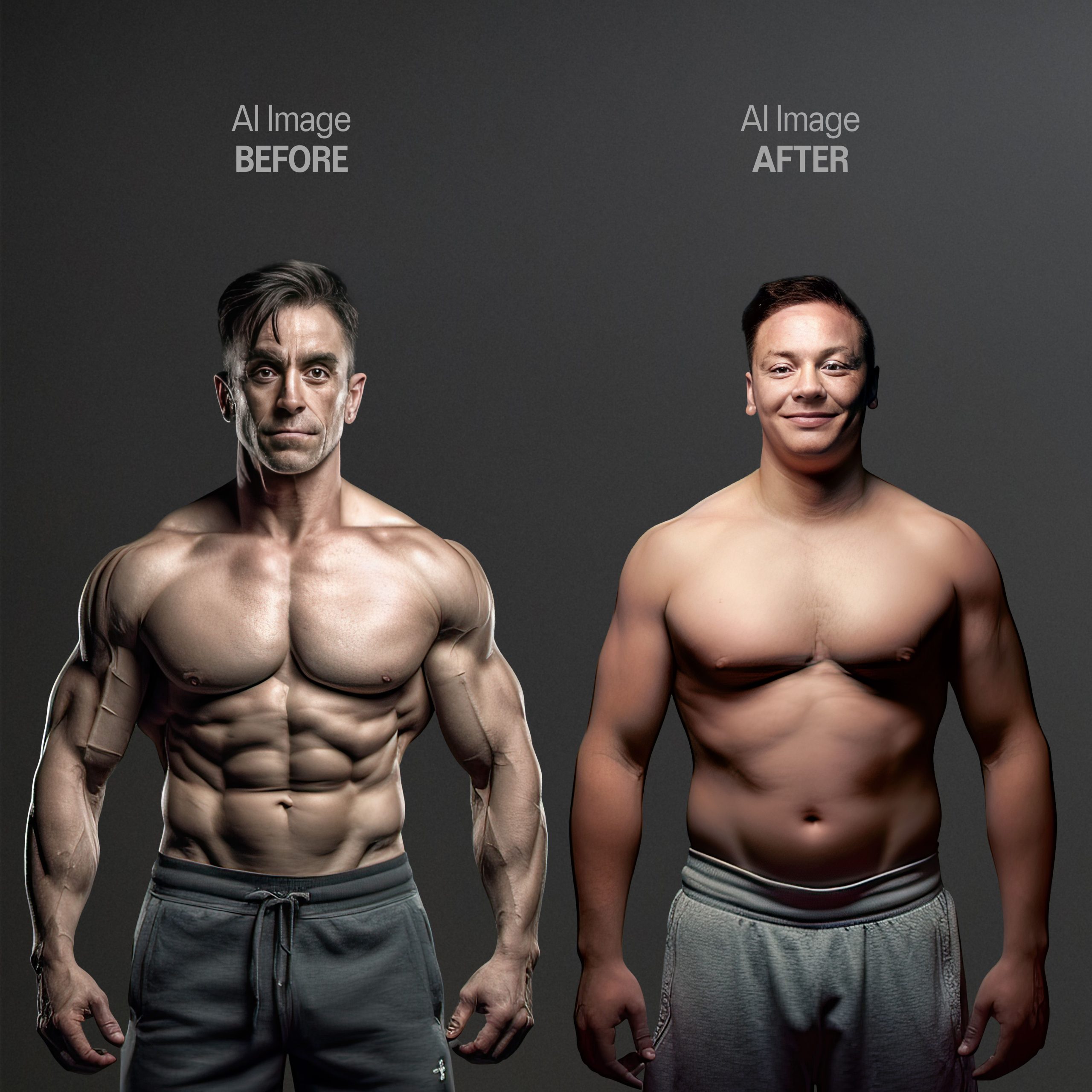تغییر دادن نحوه نگاه هوش مصنوعی به ورزش
ورزش دارای مشکل بصری است.
[این عبارت نشاندهنده این واقعیت است که ورزش اغلب به شکلی منفی یا ناکافی در رسانهها و فرهنگ عمومی تصویر میشود.]
اغلب اوقات، تمرکز ورزش صرفاً بر جنبههای زیباییشناختی است.
تحقیقات نشان میدهد که این رویکرد به سلامت روان ما آسیب میزند و ممکن است ما را از ورزش کردن منصرف کند.
 کافیست از هوش مصنوعی بخواهید فردی را به تصویر بکشد که سالم است و ورزش میکند.
کافیست از هوش مصنوعی بخواهید فردی را به تصویر بکشد که سالم است و ورزش میکند.
اگر از هوش مصنوعی بخواهید تصویری از فردی سالم و ورزشکار ارائه دهد، تصاویری از افرادِ با حداقل درصد چربی بدن، فکهای برجسته و ماهیچههای قوی دریافت میکنید برخی حتی با شکمهای دوازده تکه.
 استفاده از هوش مصنوعی به سرعت در حال رشد است.
استفاده از هوش مصنوعی به سرعت در حال رشد است.
برای ارائه مشاورههای پزشکی، کار به عنوان مربیان شخصی مجازی و حتی به عنوان جایگزین مدلهای انسانی در مجلات و کمپینها استفاده شده است.
ASICS معتقد است AIدر جهت سود رساندن به انسانها و جامعه استفاده میشود و مهم است که به منظور بهبود اعتماد به نفس و سلامت روانی ما، باید آن را آموزش دهیم تا کلیشههای خطرناکی که میتوانند سالها کار و تلاش در این زمینه را معکوس کنند را فراموش کند.
 با همکاری یکدیگر میتوانیم هوش مصنوعی را در مورد فواید واقعی ورزش آموزش دهیم.
با همکاری یکدیگر میتوانیم هوش مصنوعی را در مورد فواید واقعی ورزش آموزش دهیم.
ASICS اولین برنامه آموزش هوش مصنوعیای در جهان را راهاندازی کرده است که به ابزارهای آن بیاموزد که قدرت ورزش بسیار فراتر از دستاوردهای فیزیکی است.

این برنامه آموزشی شامل مجموعهای از تصاویر افراد واقعی است که از احساس نشاط آور ورزش لذت میبرند.
به جای تصاویری که فقط با زیباییشناسی ترکیب شده با یک سری کدهای مشخص و فرمانهای هوش مصنوعی طراحی شدهاند.
این برنامه آموزشی چهره واقعی افرادی که ورزش میکنند را به هوش مصنوعی نشان میدهد تا درک کند که ورزش فوایدی فراتر از تغییرات فیزیکی شدید دارد.

ASICS امیدوار است که این برنامه آموزشی بتواند به تغییر دیدگاههای نادرستی که در مورد ورزش وجود دارد کمک کند و به افراد بیشتری انگیزه دهد تا ورزش کنند و از مزایای آن بهرهمند شوند.
Cr: asics.com
|



 کافیست از هوش مصنوعی بخواهید فردی را به تصویر بکشد که سالم است و ورزش میکند.
کافیست از هوش مصنوعی بخواهید فردی را به تصویر بکشد که سالم است و ورزش میکند.

 استفاده از هوش مصنوعی به سرعت در حال رشد است.
استفاده از هوش مصنوعی به سرعت در حال رشد است. با همکاری یکدیگر میتوانیم هوش مصنوعی را در مورد فواید واقعی ورزش آموزش دهیم.
با همکاری یکدیگر میتوانیم هوش مصنوعی را در مورد فواید واقعی ورزش آموزش دهیم.




